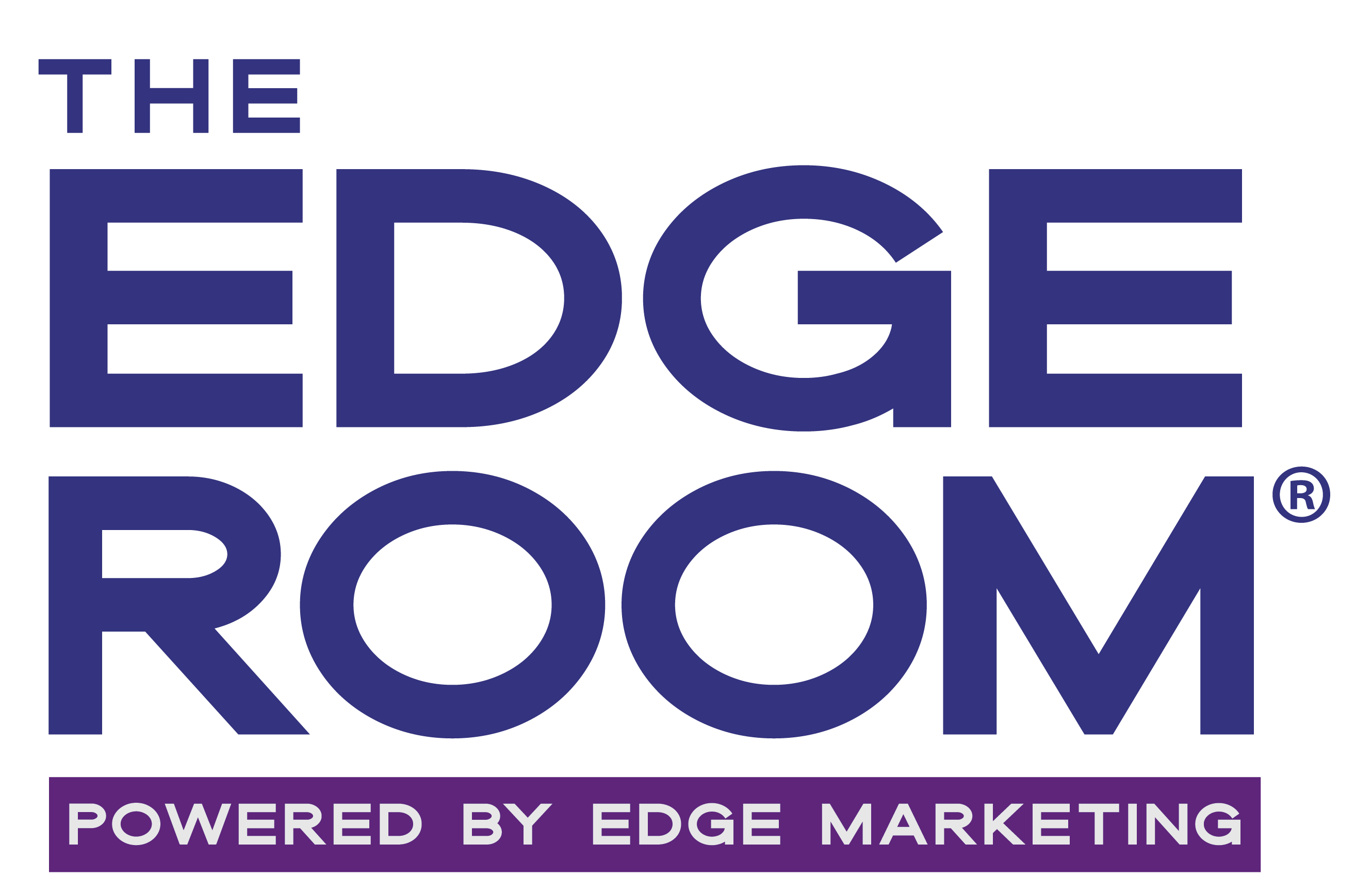https://www.theedgeroom.com/wp-content/uploads/2025/01/the-edge-room-logo-final.png
0
0
lfanichet@chapsvision.com
https://www.theedgeroom.com/wp-content/uploads/2025/01/the-edge-room-logo-final.png
lfanichet@chapsvision.com2025-03-24 09:23:552025-03-24 09:23:55Whitepaper from Systran by ChapsVision provides an in-depth analysis of the advantages and limitations of large language models (LLMs) and specialized A for language translation
https://www.theedgeroom.com/wp-content/uploads/2025/01/the-edge-room-logo-final.png
0
0
virginia.pinotti@oxygenforensics.com
https://www.theedgeroom.com/wp-content/uploads/2025/01/the-edge-room-logo-final.png
virginia.pinotti@oxygenforensics.com2025-03-18 11:16:062025-03-18 11:16:06New Release: Oxygen Forensic® Detective v.17.2!
https://www.theedgeroom.com/wp-content/uploads/2025/01/the-edge-room-logo-final.png
0
0
abowman@cobblestonesystems.com
https://www.theedgeroom.com/wp-content/uploads/2025/01/the-edge-room-logo-final.png
abowman@cobblestonesystems.com2025-03-17 15:44:512025-03-17 15:44:51Get your complimentary Hackett Group CLM Digital World Class Matrix Report 2024 provided by CobbleStone Software.
https://www.theedgeroom.com/wp-content/uploads/2025/01/the-edge-room-logo-final.png
0
0
amy.vosko@workday.com
https://www.theedgeroom.com/wp-content/uploads/2025/01/the-edge-room-logo-final.png
amy.vosko@workday.com2025-03-17 08:35:542025-03-17 08:35:54Stop Reading Contracts. Start Using AI. The Future of Contracting Is Here, and It Means No More Manual Contract Review.
https://www.theedgeroom.com/wp-content/uploads/2025/01/the-edge-room-logo-final.png
0
0
rage.thomas@nopalcyber.com
https://www.theedgeroom.com/wp-content/uploads/2025/01/the-edge-room-logo-final.png
rage.thomas@nopalcyber.com2025-03-14 13:14:402025-03-14 13:14:40Without mobile devices, the legal field would cease to function. Does your current cybersecurity strategy treat mobile security seriously enough?
https://www.theedgeroom.com/wp-content/uploads/2025/01/the-edge-room-logo-final.png
0
0
lchassaing@box.com
https://www.theedgeroom.com/wp-content/uploads/2025/01/the-edge-room-logo-final.png
lchassaing@box.com2025-03-14 12:47:092025-03-18 14:24:05The Intelligent Content Cloud
https://www.theedgeroom.com/wp-content/uploads/2025/01/the-edge-room-logo-final.png
0
0
daryl@intellek.io
https://www.theedgeroom.com/wp-content/uploads/2025/01/the-edge-room-logo-final.png
daryl@intellek.io2025-03-12 09:08:332025-03-12 09:08:33What’s Next for Legal Learning in 2025? Our Survey Reveals Key Trends
https://www.theedgeroom.com/wp-content/uploads/2025/01/the-edge-room-logo-final.png
0
0
ragav@klstinc.com
https://www.theedgeroom.com/wp-content/uploads/2025/01/the-edge-room-logo-final.png
ragav@klstinc.com2024-02-02 07:59:372024-02-02 07:59:37Get a live demo of how the imDocShare One Teams app enables you to experience the real-time co-authoring of iManage content in Microsoft Teams.
https://www.theedgeroom.com/wp-content/uploads/2025/01/the-edge-room-logo-final.png
0
0
ben.tao@onit.com
https://www.theedgeroom.com/wp-content/uploads/2025/01/the-edge-room-logo-final.png
ben.tao@onit.com2024-01-30 10:39:012024-01-30 10:39:01The Legal Professional's Handbook: Generative AI Fundamentals, Prompting and Applications
https://www.theedgeroom.com/wp-content/uploads/2025/01/the-edge-room-logo-final.png
0
0
meghanyemola@reedmackay.com
https://www.theedgeroom.com/wp-content/uploads/2025/01/the-edge-room-logo-final.png
meghanyemola@reedmackay.com2024-01-29 14:36:482024-01-29 14:36:48Supporting Business Travelers with Visible & Hidden Disabilities


